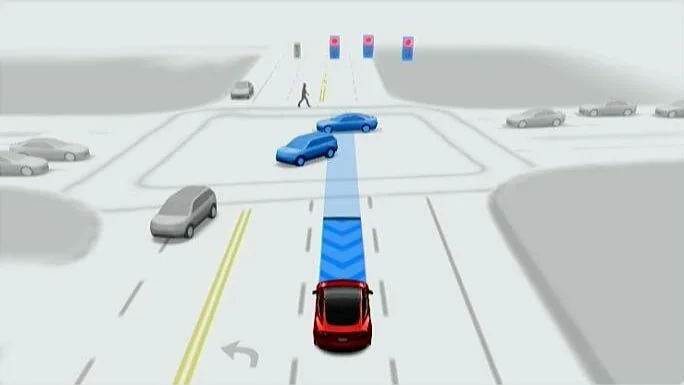There are over 400,000 Tesla owners currently in North America participating in the FSD Beta program after its wider release last year. According to Twitter accounts, some people have received the FSD Beta 11.3.1 update.
What’s new?
Release notes
Enabled FSD Beta on highway. This unifies the vision and planning stack on and off-highway and replaces the legacy highway stack, which is over four years old. The legacy highway stack still relies on several single-camera and single-frame networks and was set up to handle simple lane-specific maneuvers. FSD Beta’s multi-camera video networks and next-gen planner, which allows for more complex agent interactions with less reliance on lanes, make way for adding more intelligent behaviors, smoother control, and better decision-making.
Improved recall for close-by cut-in cases by 15%, particularly for large trucks and high-yaw rate scenarios, through an additional 30k auto-labeled clips, mined from the fleet. Additionally, expanded and tuned dedicated speed control for cut-in objects.
Improved the position of ego in wide lanes, by biasing in the direction of the upcoming turn to allow other cars to maneuver around ego.
Improved handling during scenarios with high curvature or large trucks by offsetting in lanes to maintain safe distances to other vehicles on the road and increase comfort.
Improved behavior for path blockage lane changes in dense traffic. Ego will now maintain more headway in blocked lanes to hedge for possible cans in dense traffic.
Improved lane changes in dense traffic scenarios by allowing higher acceleration during the alignment phase, This results in more natural gap selection to overtake adjacent lane vehicles very close to ego
Made turns smoother by improving the detection consistency between lanes, lines, and road edge predictions. This was accomplished by integrating the latest version of the lane guidance module into the road edge and lines network.
Improved accuracy for detecting other vehicles’ moving semantics. Improved precision by 23% for cases where other vehicles transition to driving and reduced error by 12% for cases where Autopilot incorrectly detects its lead vehicle as parked. These were achieved by increasing video context in the network, adding more data on these scenarios, and increasing the loss penalty for control-relevant vehicles.
Extended maximum trajectory optimization horizon, resulting in smoother control for high curvature roads and far away vehicles when driving at highway speeds.
Improved driving behavior next to rows of parked cars in narrow lanes, preferring to offset and stay within lane instead of unnecessarily lane changing away or slowing down.
Reduced false offsetting around objects in wide lanes and near intersections by improving object kinematics modeling in low-speed scenarios.
From Santa Monica to Downtown Los Angeles on Tesla Full Self-Driving Beta 11.3.1
Conclusion
Tesla has implemented enhancements that will allow the vehicle to carry out a greater range of tasks while driving. The Autopilot functionality is tested in various conditions, thanks to the extensive group of FSD Beta users. Tesla also takes into account feedback from car owners and enhances their autonomous system to make driving safer and reduce reliance on human intervention while driving.
